Protecting Your Drone from Water Damage - A Comprehensive Guide
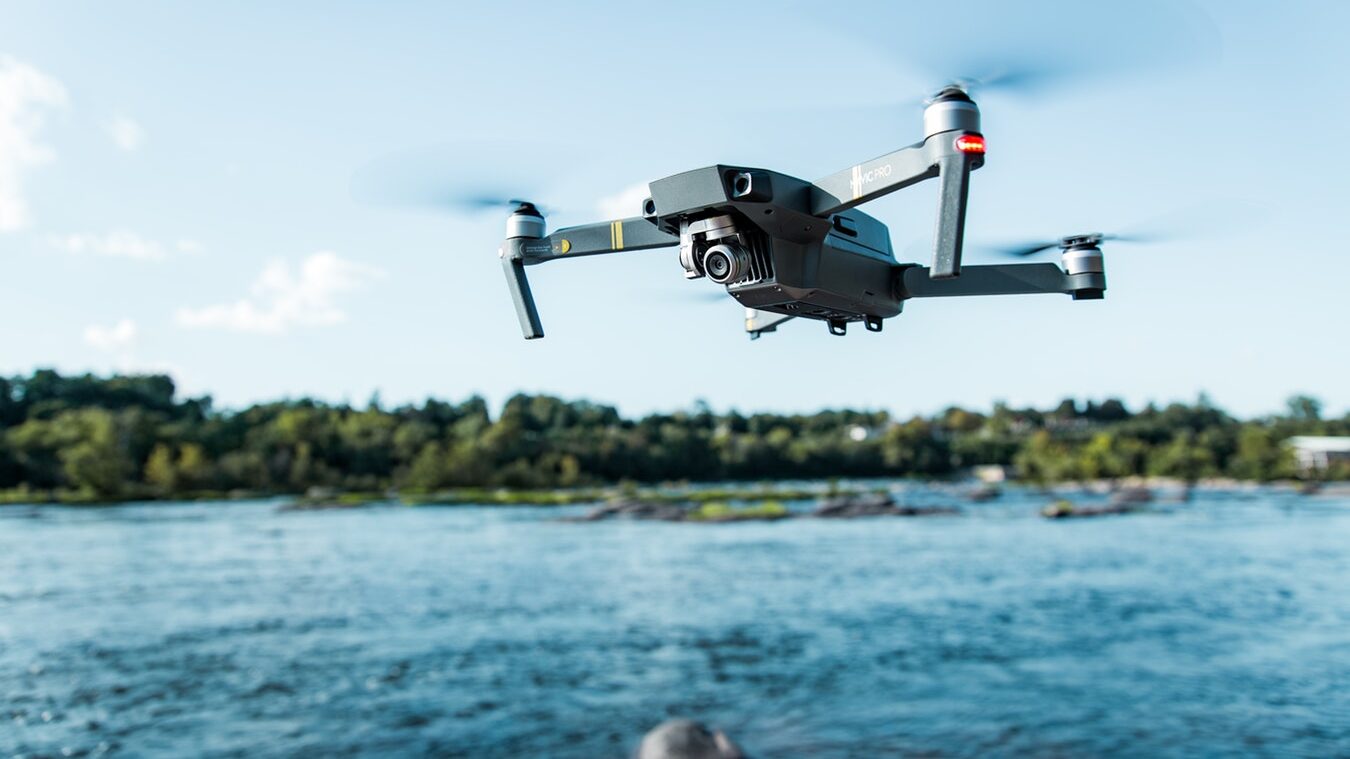
Shielding Your Drone from the Elements
As drones become increasingly popular for recreational and professional use, the need to protect them from water damage has become a top priority. Whether you're flying over the ocean or capturing footage in rainy conditions, a waterproof drone can ensure your device remains functional and safe. In this article, we'll delve into the latest methods and materials for waterproofing drones, providing you with a comprehensive guide to safeguard your investment.
Understanding Water Resistance vs. Waterproofing
Before we dive into the nitty-gritty of waterproofing, it's essential to understand the difference between water resistance and waterproofing. Water-resistant drones can withstand minor exposure to water, such as light rain or snow, but are not designed to be submerged. Waterproof drones, on the other hand, are built to withstand complete submersion in water, making them ideal for underwater exploration or flying in harsh weather conditions.
Materials and Methods for Waterproofing Drones
Nanocoating: This method involves applying a thin layer of nanomaterials to the drone's components, creating a hydrophobic (water-repelling) surface. Nanocoating is a popular choice for drone owners, as it's relatively inexpensive and easy to apply.Silicone Sealants: Silicone sealants are flexible and can be applied to various components, including propellers, motors, and cameras. They provide a barrier against water ingress and are easy to remove and reapply.Epoxy Resin: Epoxy resin is a more robust solution, often used for drone frames and components that require added strength. It's essential to mix and apply epoxy resin carefully, as it can be difficult to remove.Waterproofing Sprays: Waterproofing sprays, like Scotchgard or Nikwax, can be applied to various surfaces, providing a hydrophobic coating. These sprays are easy to apply and reapply but may not offer the same level of protection as other methods.
Additional Tips for Waterproofing Your Drone
Regular Maintenance: Regularly inspect and clean your drone to ensure no debris or moisture accumulates.Propeller Protection: Use propeller guards or covers to prevent water ingress during flight.Camera Protection: Use a waterproof camera housing or apply a waterproof coating to the lens.Battery Protection: Use a waterproof battery case or apply a waterproof coating to the battery compartment.
DIY Waterproofing vs. Professional Waterproofing
While DIY waterproofing methods can be effective, they may not offer the same level of protection as professional waterproofing services. Professional services use advanced materials and techniques, ensuring a more reliable and long-lasting waterproofing solution.
Conclusion: Safeguarding Your Drone's Future
Waterproofing your drone is a crucial step in ensuring its longevity and functionality. By understanding the difference between water resistance and waterproofing and exploring various materials and methods, you can protect your investment and capture stunning footage in any environment. Remember to regularly maintain your drone and consider professional waterproofing services for added peace of mind.

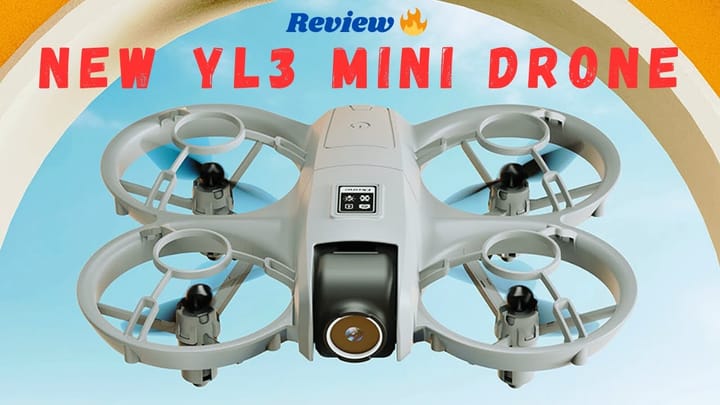
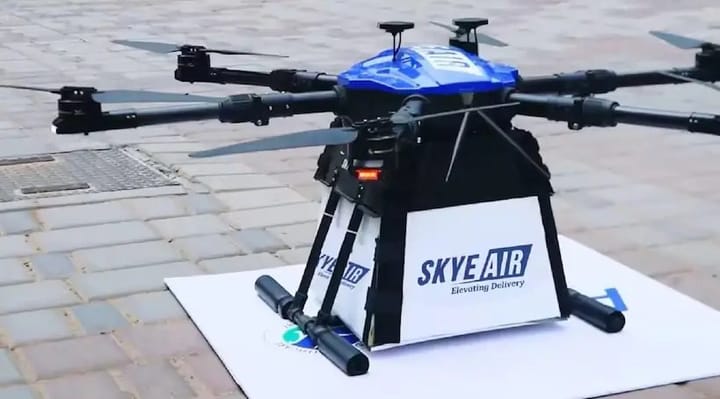
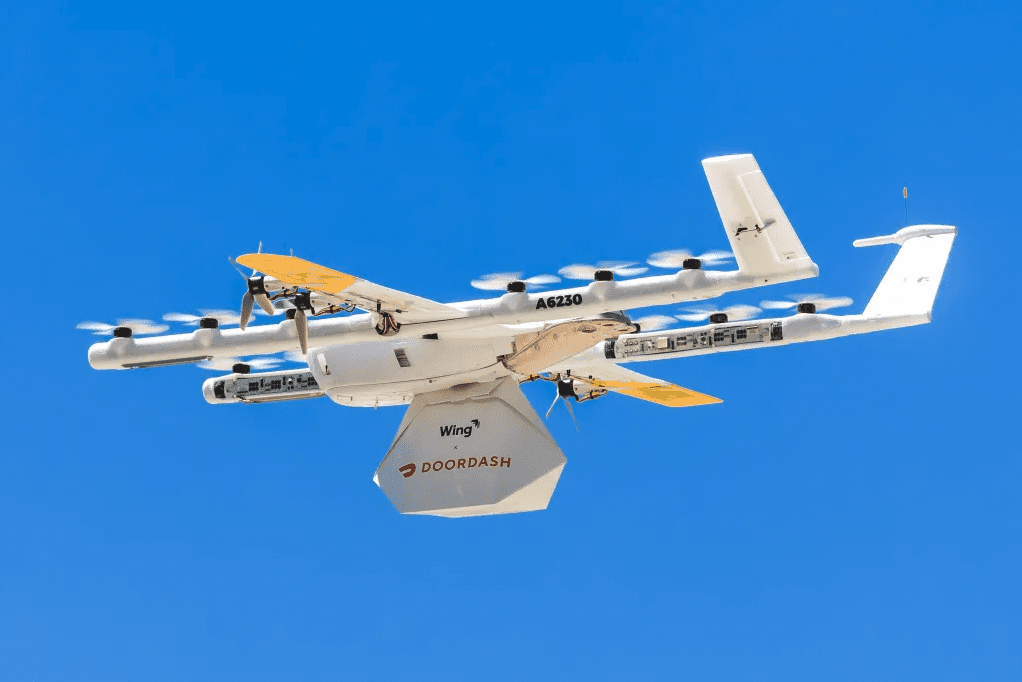
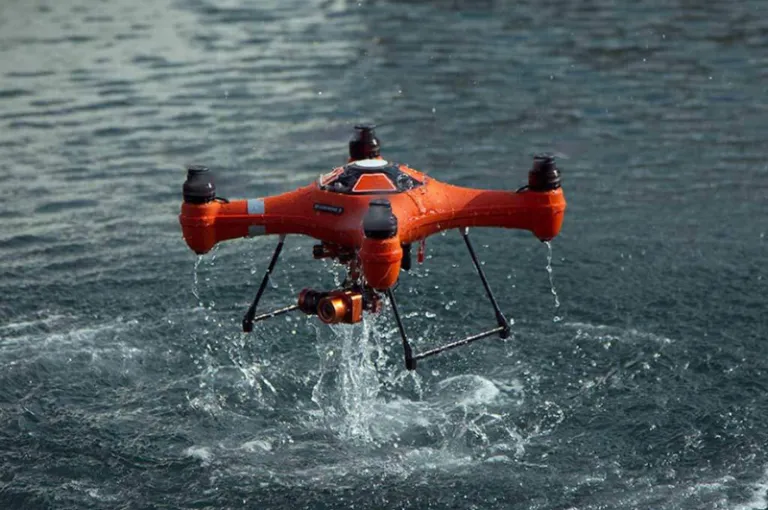
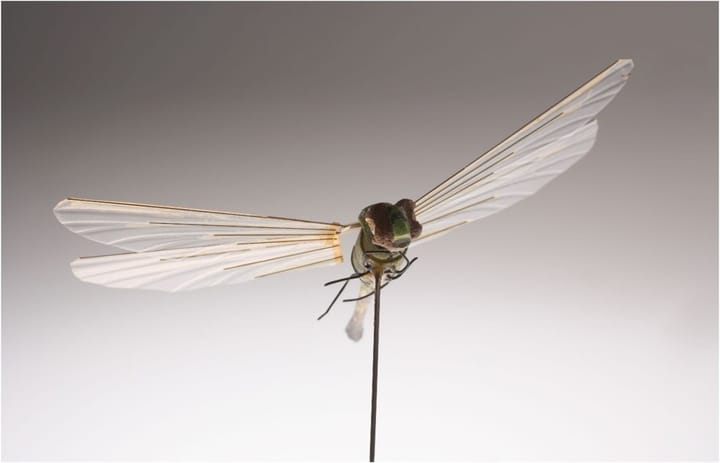
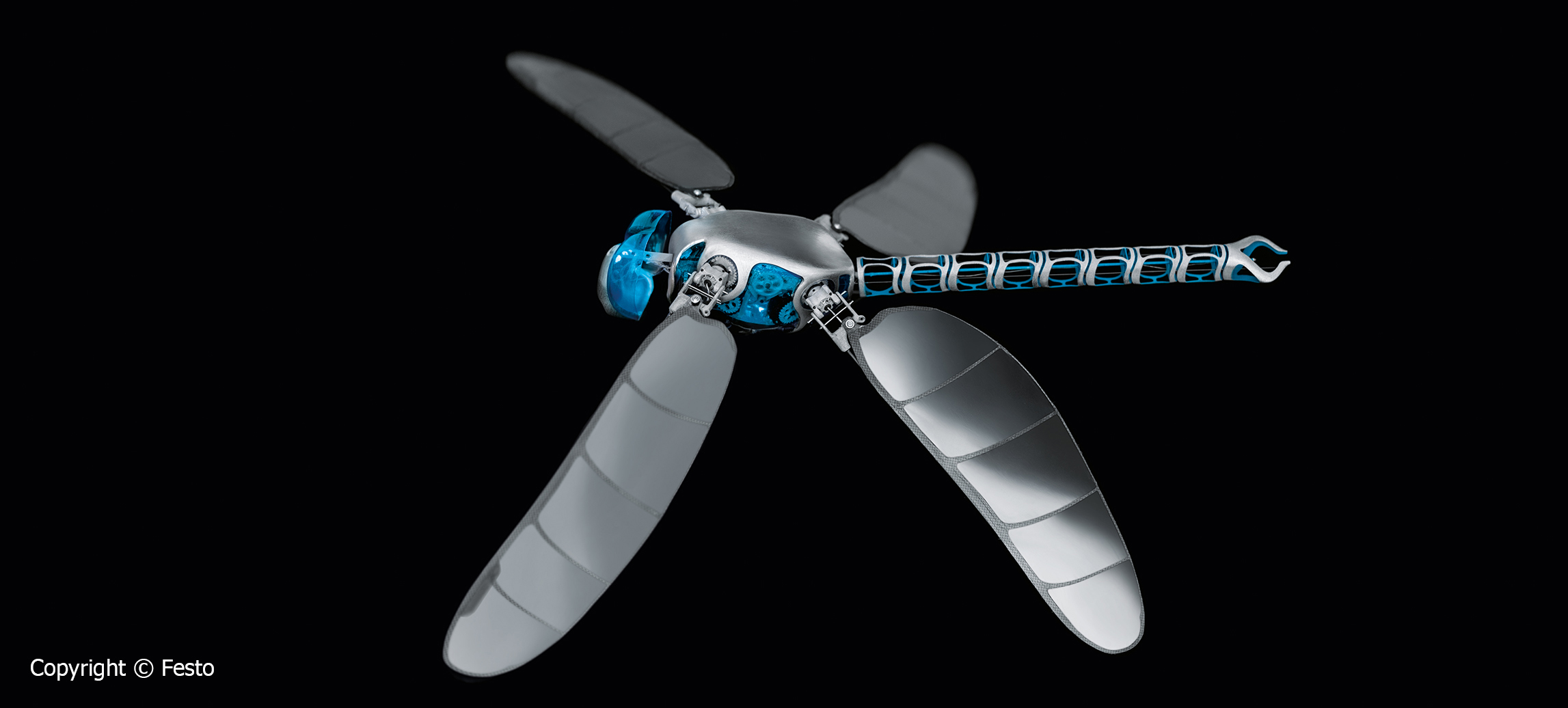










Comments ()